How Much Electricity Does a Fan Use per Month?

A fan uses approximately 50 to 150 kWh of electricity per month, depending on the type and how often it is used.
Ceiling fan consume energy based on their size and speed, while tower fans, box fans, and standing fans vary in their average Wattage.
To determine how much power a ceiling fan consumes, factors such as the fan’s speed and max speed come into play.
Common fan Wattage ranges from 10 to 90 Watts, with more energy efficient fans using less electricity.
Uses of table fan, window fan, and light fixture equipped fans also affect the electricity consumption.
While energy efficient fans and reduced usage can lower the electricity bill, higher power settings and the highest fan Wattage will lead to higher electricity consumption.
The power consumed by fan and how many Watts a fan uses, combined with factors like fan CFM (cubic feet per minute), ultimately defines the electricity consumption of fans.

How much electricity does a fan use?: Calculation of Fan Electricity Consumption Singapore
A fan uses varying amounts of electricity based on its type, size, and speed. Ceiling fans are particularly energy-efficient compared to other types like tower fans, box fans, and table fans.
On average, ceiling fans consume around 15 to 90 Watts, depending on the fan speed and the presence of a light fixture, which can increase the overall power consumption.
In contrast, a tower fan and box fan generally use more energy, with average fan Wattage details revealing they consume between 50 to 100 Watts.
The energy efficiency of a fan is also influenced by its cooling system and the fan's CFM (cubic feet per minute), which measures how much air it moves.
To further reduce power consumption, it's beneficial to use fans at lower speeds and ensure they are part of an integrated cooling strategy, as fans consume less power than air conditioning units.
Understanding how many Watts different fans use can help you make informed decisions and optimize your household's energy efficiency.
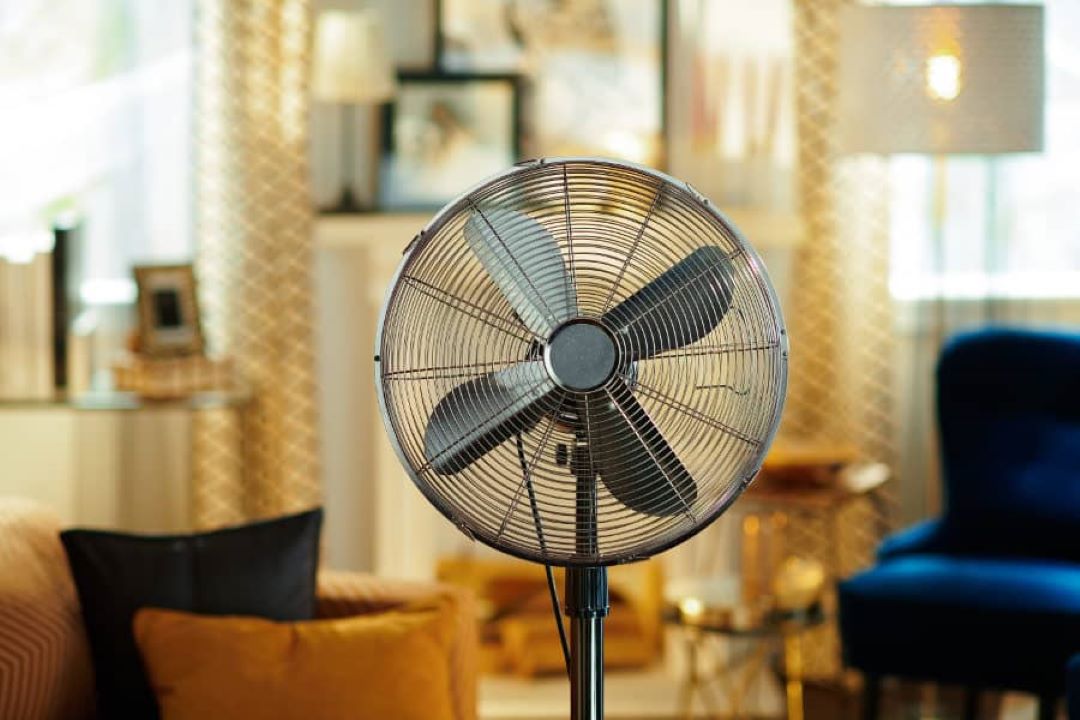
What are the Types of Fans?
The types of fans are such as ceiling fans, tower fans, box fans, wall fans, and standing fans.
Ceiling fans, often mounted to provide airflow in larger spaces, are a staple in many homes and have varying fan Wattage.
Tower fans, with their sleek vertical design, and box fans, which are known for their portability, are popular choices for targeted cooling.
Understanding how much power each type of fan consumes is crucial for energy efficiency.
For example, a ceiling fan consumes different Wattage depending on the fan speed, whereas box fan use can vary based on its size and model.
Wall fans and table fans are also common, and their power consumption is often lower. When considering how many Watts a fan uses, it's important to note that the highest fan Wattage is typically found in high-performance models.
Whether you are choosing a fan for its efficiency or its ability to move as much air as possible, knowing the specifics of fan Wattage and how they affect electricity consumption can guide your decision.

How much electricity does a ceiling fan use in 24 hours?
In 24 hours, a ceiling fan uses 1.44 kWh of electricity. This calculation is based on the average electricity consumption of a ceiling fan, which is 60 Watts per hour.
For instance, an old ceiling fan might have a power rating of 60 Watts. If you run the ceiling fan at maximum speed for 24 hours, you can calculate the consumption as follows:
- Convert the fan's Wattage to kilowatts (kW). For a 60-Watt fan, it is 60 Watts / 1000 = 0.06 kW.
- Multiply the power rating in kW by the number of hours used. For 24 hours, it is 0.06 kW * 24 hours = 1.44 kWh.
How to Calculate Ceiling Fan Power Consumption?
To calculate ceiling fan power consumption, you first need to know the fan's power rating in Watts, often found on the fan's label or in its manual. Next, multiply the electricity consumption or the per kilowatt hour (kWh) by the tariff rate (e.g S$0.29 per kWh). The final result will be the cost of running your ceiling fan for that period.
How much electricity does a ceiling fan use per hour?
To determine how much electricity a ceiling fan uses per hour, use the same method:
- Convert the Wattage to kilowatts. A typical fan might have a power rating of 60 Watts, which is 0.06 kW.
- For one hour of use, the calculation is simply 0.06 kW * 1 hour = 0.06 kWh.
How much electricity does a fan use overnight?
Assuming an average 8-hour sleep period and the same power rating, a fan uses 0.48kWh of electricity overnight.:
- Convert the Wattage to kilowatts (0.06 kW).
- Multiply by the hours used: 0.06 kW * 8 hours = 0.48 kWh.
How much electricity does a ceiling fan use per month?
For a ceiling fan running 24 hours a day per month, it can use up to :
- The daily consumption is 1.44 kWh (as earlier calculated for 24 hours).
- Multiply by the number of days in a month: 1.44 kWh * 30 days = 43.2 kWh per month.
By understanding these calculations, you can better gauge how many Watts your ceiling fans consume, manage their usage, and potentially reduce your electricity bills. Different fan speeds and the amount of air moved at maximum speed can also affect the overall kilowatt hours consumed.
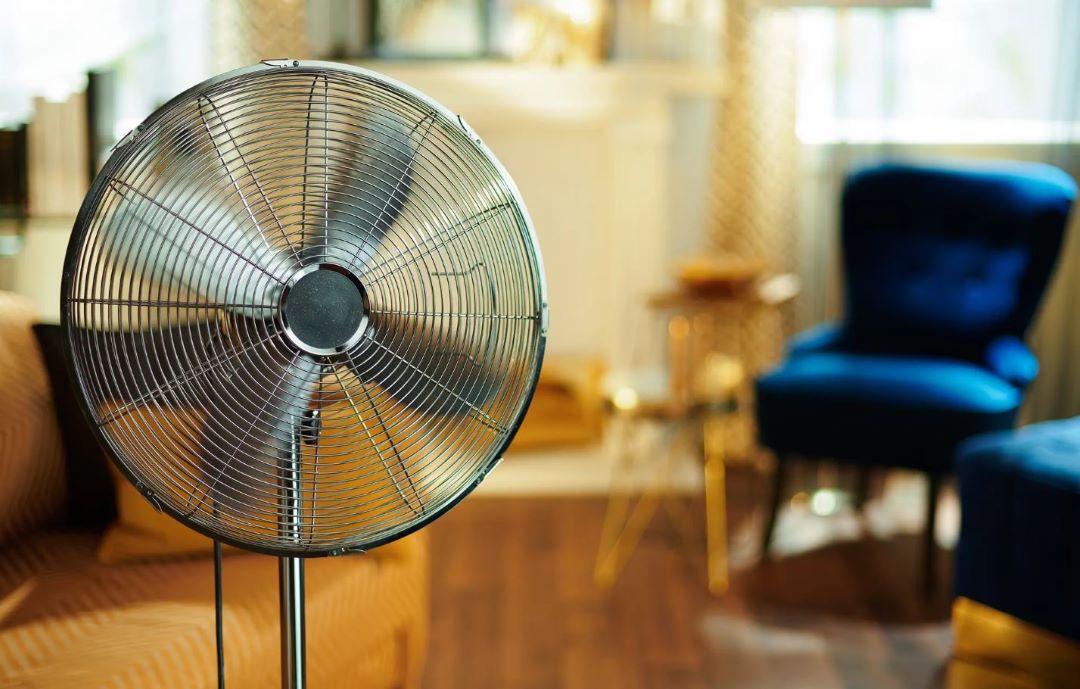
How to calculate electricity consumption in Singapore?
In Singapore, to calculate electricity consumption first measure the power consumed in Watts by the device. Next, multiply the electricity consumption of each device in kilowatt hour (kWh) by the tariff rate (e.g S$0.29 per kWh).
For instance, if your ceiling fan uses 70 Watts and runs for 24 hours a day, you multiply 70 Watts by 24 hours, resulting in 1,680 Watt-hours per day.
To find out the monthly usage, multiply this figure by 30 days, hence 1,680 Watt-hours per day * 30 days = 50,400 Watt-hours, or 50.4 kilowatt hours (kWh).
The electricity price per kWh in Singapore varies, but as of the latest rates, it is approximately SGD0.29. Applying this rate to your ceiling fan's power consumption, you multiply 50.4 kWh by S$0.29, equating to SGD 14.62 per month.
Understanding the average electricity bill in Singapore, which hovers around SGD 150-200 depending on household size and usage, helps households manage their power consumption more effectively.
Regarding Singapore's electricity tariff history, rates have fluctuated over the years, driven by factors such as fuel costs, market demand, and regulatory changes.
High electricity consumption items like air conditioners, water heaters, and light fixtures typically consume more electricity, contributing significantly to the overall household power usage.
Monitoring how many Watts each appliance uses and calculating the associated costs can aid in better managing your electricity bill.
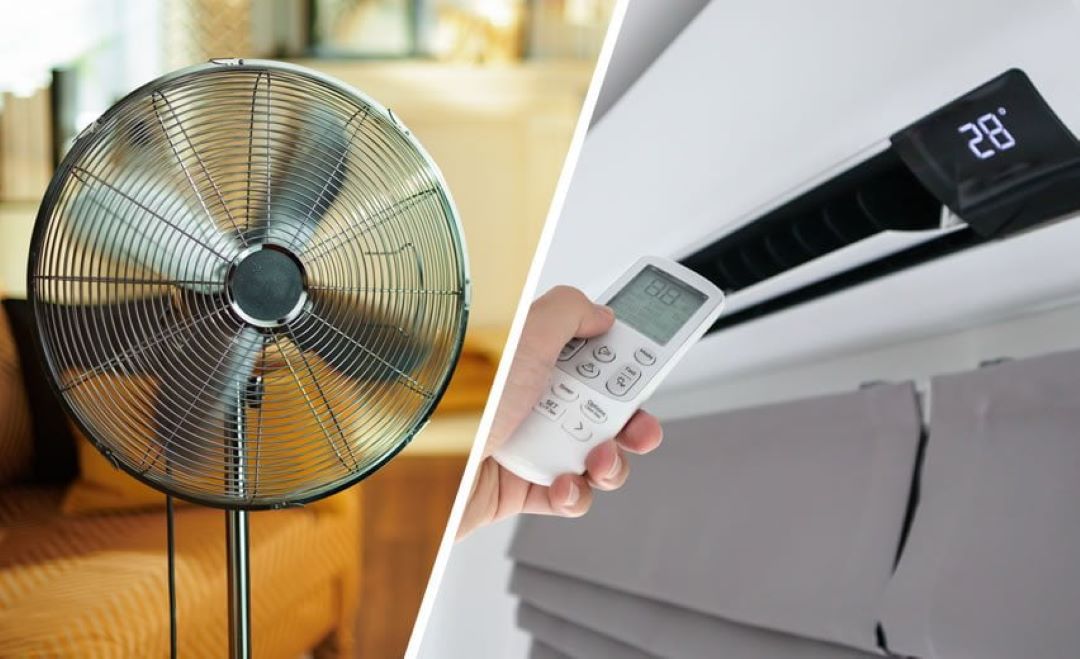
How to calculate aircon vs fan electricity consumption in Singapore?: Air Conditioners vs Ceiling Fans Power Consumption
In Singapore, to calculate aircon vs fan electricity consumption, first consider how many Watts your appliances use. Next, multiply the electricity consumption or the per kilowatt hour (kWh) for every air conditioner or ceiling fan by the tariff rate (e.g S$0.29 per kWh).
Typically, a fan consumes less power compared to air conditioners, making it a more energy-efficient option.
For example, an average ceiling fan consumes between 15 to 90 Watts depending on the speed and fan CFM (cubic feet per minute), while air conditioners can use up to 2,000 Watts for a typical residential unit.
This significant difference means that when fans are used to cool a home, less power is consumed, resulting in lower electricity bills.

Among the highest electricity consumption appliances in Singapore, air conditioners top the list, followed by refrigerators and water heaters.
Specifically, a Mitsubishi's air conditioner electricity consumption can be high, particularly if used for extended periods.
Similarly, the power consumption of a fridge in Singapore can also be considerable, contributing significantly to the average household electricity usage of 400 to 500 kWh per month.
To manage electricity costs effectively, it's essential to understand how much power various appliances consume and make informed decisions about their use.
By opting for energy-efficient devices and using high-consumption appliances judiciously, you can lower your overall power consumption and reduce your monthly electricity expenses.
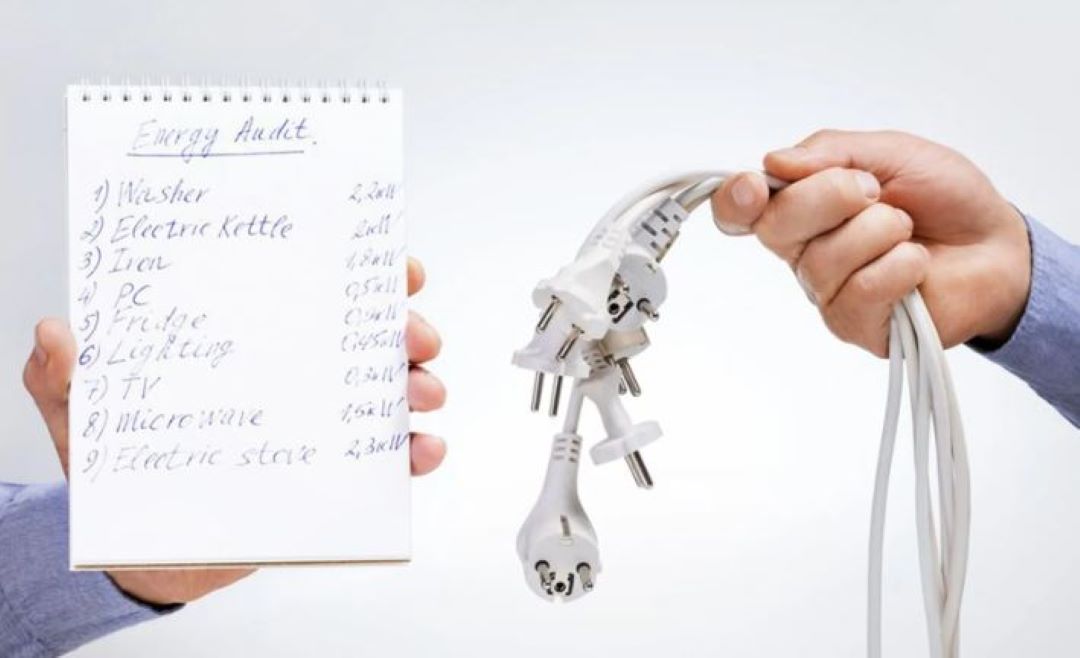
How to reduce electricity consumption in Singapore?: Power Consumption Tips
In Singapore, you can reduce electricity consumption by focusing on improving energy efficiency and adopting smart energy-saving practices.
One common reason for a high electricity bill is the excessive use of air conditioning, which consumes significantly more electricity compared to fans.
By incorporating energy efficient fans, such as pedestal fans, table fans, and window fans, you can reduce power consumption substantially.
The energy consumption of a fan depends on its wattage and speed; for instance, USB fans and average fans at lower speeds use less electricity than those running at max speed.
The NEA provides various energy-saving tips including the use of standing fans and pedestal fans with high fan cfm (cubic feet per minute) for better air circulation while using less power.
Additionally, refrigerators can contribute to a high electricity bill; thus, understanding how to reduce their electricity consumption is essential.
By setting the refrigerator to the optimal temperature, ensuring the door seals are tight, and keeping the coils clean, one can enhance its energy efficiency, reduces power consumption and electricity usage.
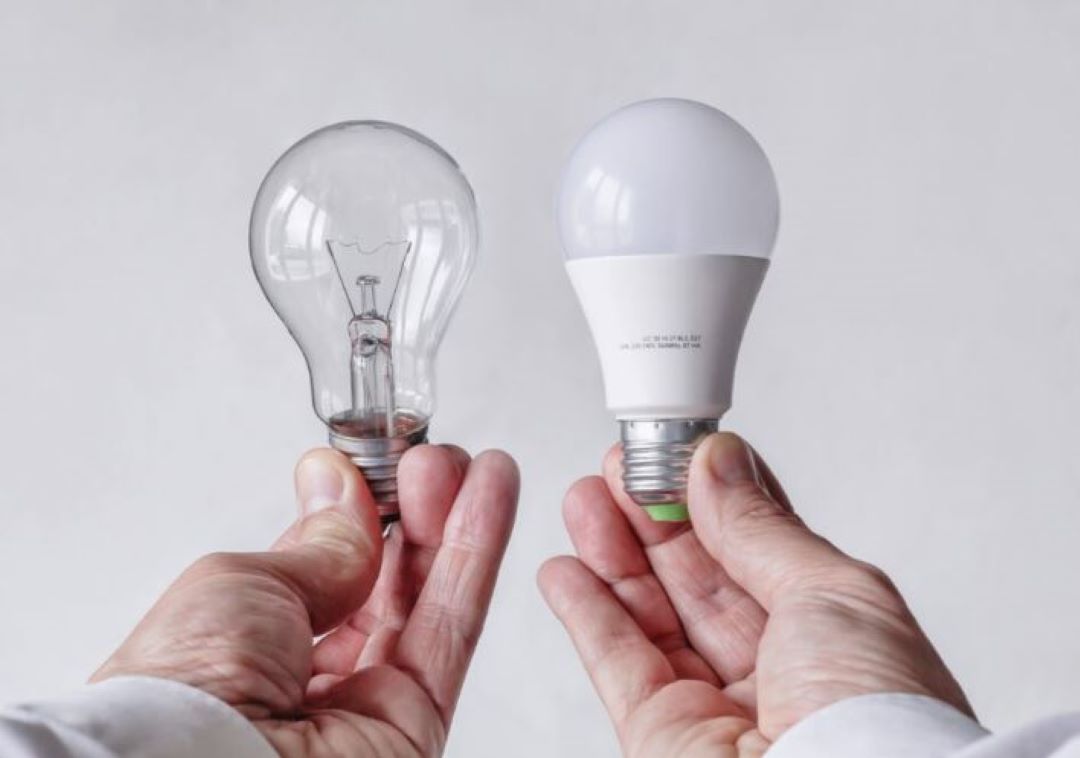
Here are additional ten ways to save electricity at home:
- Use energy-efficient light bulbs.
- Turn off appliances when not in use.
- Opt for fans instead of air conditioning.
- Maintain your air conditioning units and refrigerators.
- Utilize natural lighting during the day.
- Install a programmable thermostat.
- Seal windows and doors to prevent cool air from escaping.
- Use energy-efficient kitchen appliances.
- Dry clothes using a clothesline.
- Conduct an energy audit to identify and reduce unnecessary energy consumption.
Implementing these measures helps in decreasing energy consumption, reducing the electricity bill, and promoting a more sustainable lifestyle.

How much does it cost to run a fan for a month?
It costs approximately S$10 to run a fan for a month, depending on the fan's power consumption and usage patterns.
Ceiling fans, which are common in many households, typically consume about 60 to 75 Watts. However, an energy-efficient fan, designed to use less power while maintaining optimum airflow, can significantly reduce electricity costs.
Fan Wattage details vary between different fan models, with tower fan, stand fans, and box fan each having distinct power consumption rates.
For instance, a box fan uses around 100 Watts, while smaller usb fans consume much less. The fan's speed also plays a crucial role in determining how much electricity it uses; higher speeds can result in the fan consuming more energy.
Moreover, fans with higher cfm (cubic feet per minute) ratings are more efficient in circulating air, offering better cooling with less power consumed.
By understanding the fan's efficiency and the most common fan Wattage, one can make informed decisions to save on energy costs.

Does a fan use a lot of electricity?
No, a fan does not use a lot of electricity. The average Wattage for common fan models ranges between 10 to 120 Watts, which is significantly less power than most household appliances.
To calculate the electricity consumed, one must determine the kilowatt hours (kWh) used over a given period. Running fans at a slower speed can further reduce electricity costs, contributing to lower power consumption.
Opting for energy-efficient models also ensures that a fan consumes less power while still providing adequate cooling. Have a specific fan model in mind? This is how to install an electric ceiling fan in Singapore.
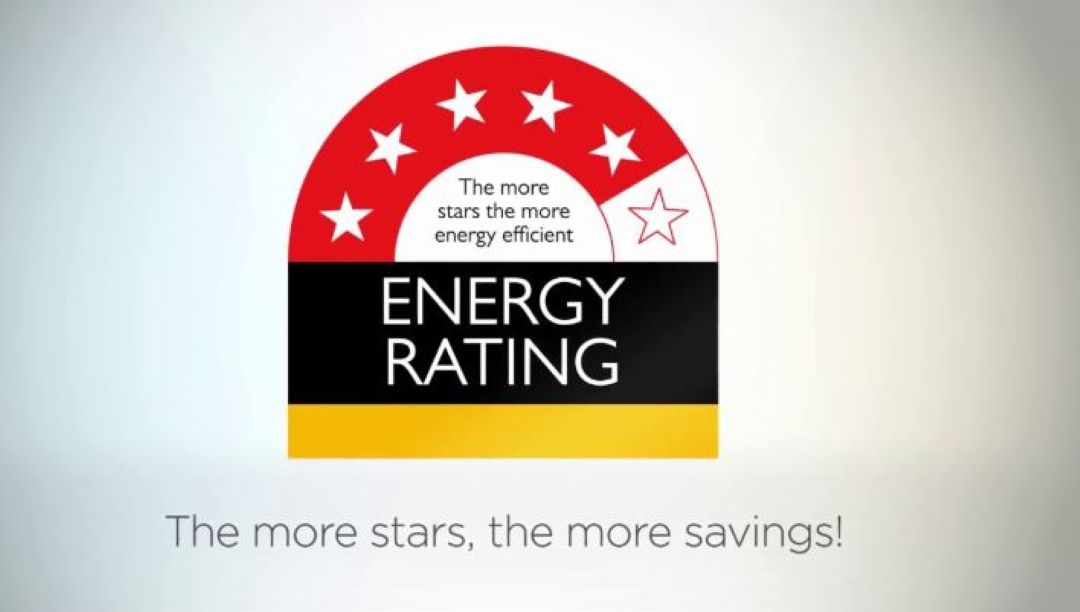
Power ratings provided by manufacturers denote how much electricity a fan will use, with more efficient models costing less to operate. This efficiency is beneficial in managing electricity bills effectively.
When comparing the electricity consumed by various devices, fans typically use much less electricity, making them a cost-effective and environmentally friendly cooling option.
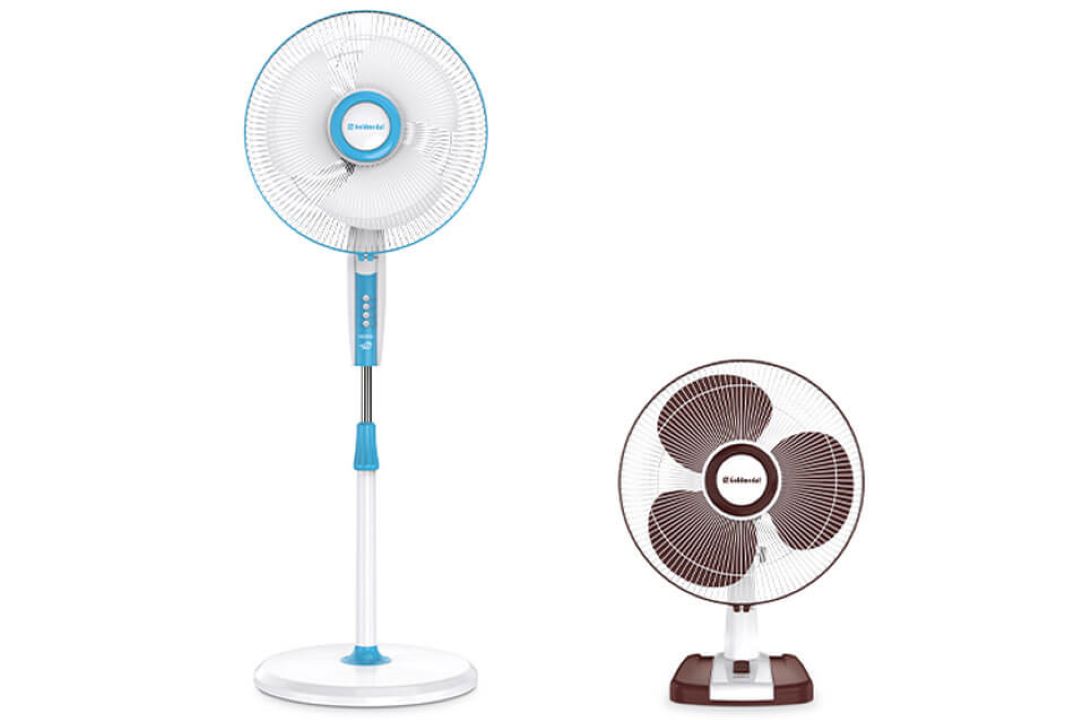
How much does it cost to run a fan 24-7 in Singapore?
In Singapore, it costs approximately S$0.39 per day to run an average fan 24-7, based on an average fan wattage of 60 Watts and an electricity rate of S$0.27 per kWh.
This cost can vary depending on the type of fan used and its efficiency. For instance, a box fan, a ceiling fan, or a pedestal fan can each have different power consumption levels. Ceiling fans typically consume less power compared to pedestal or table fans. On the other hand, a tower fan might use more electricity due to its features and design.
When considering the cooling system, it’s important to note that fans consume far less power compared to air conditioning units.
Ceiling fan consume rates are particularly efficient, often integrated with light fixtures to maximize utility without significantly increasing power consumed.
Running fans at lower speeds can also help keep the warm air circulating and reduce electricity costs further.
In conclusion, fans are a cost-effective and energy-efficient way to maintain comfort in warm climates, ensuring that the power consumed is minimal while still providing adequate cooling solutions for various needs.
Although it is inexpensive to operate a fan continuously, doing so can lead to increased wear and potential breakdowns. If your fan stops spinning, check out why does my electric ceiling fan turn on but not spin.
Contact Lito Electrical Service for ceiling fan installation/ replacement service.